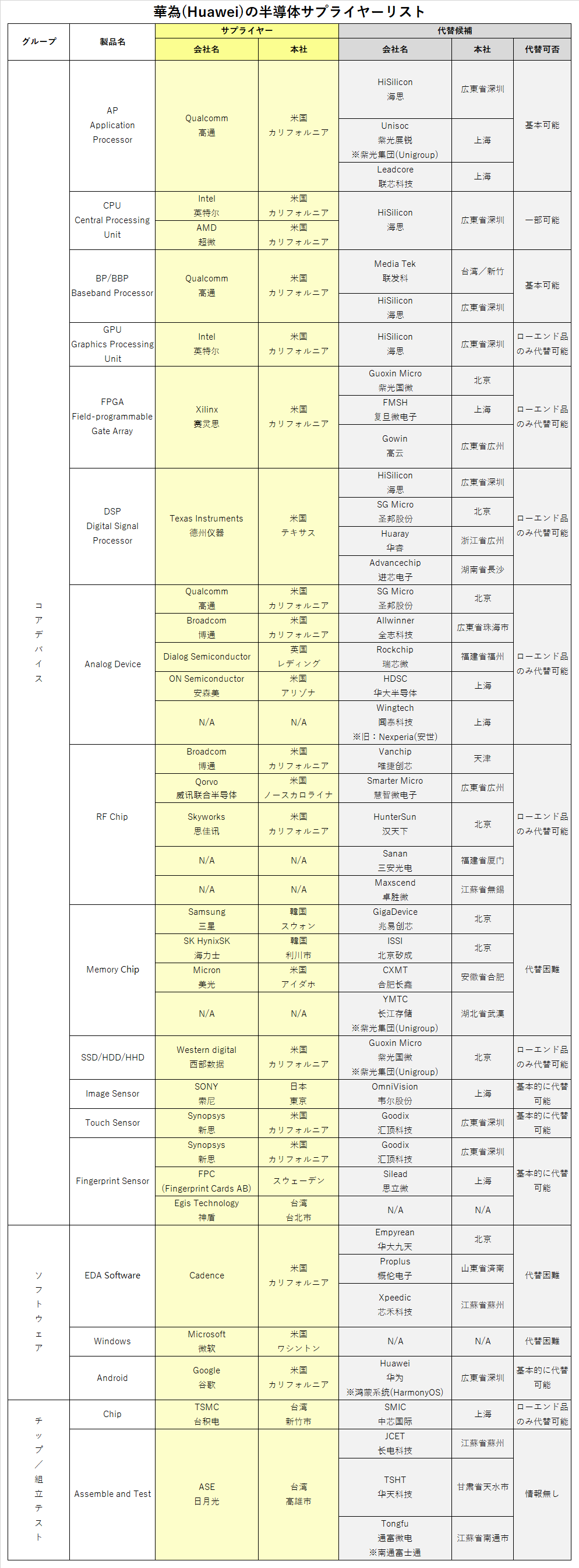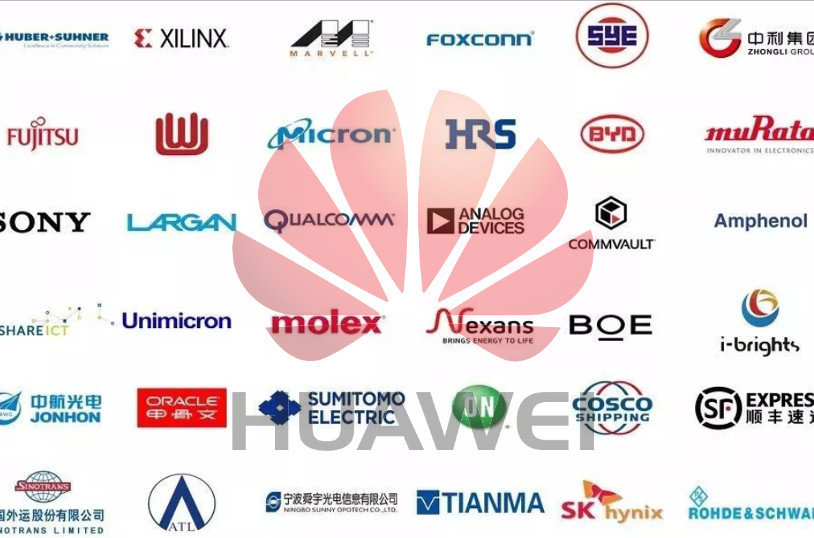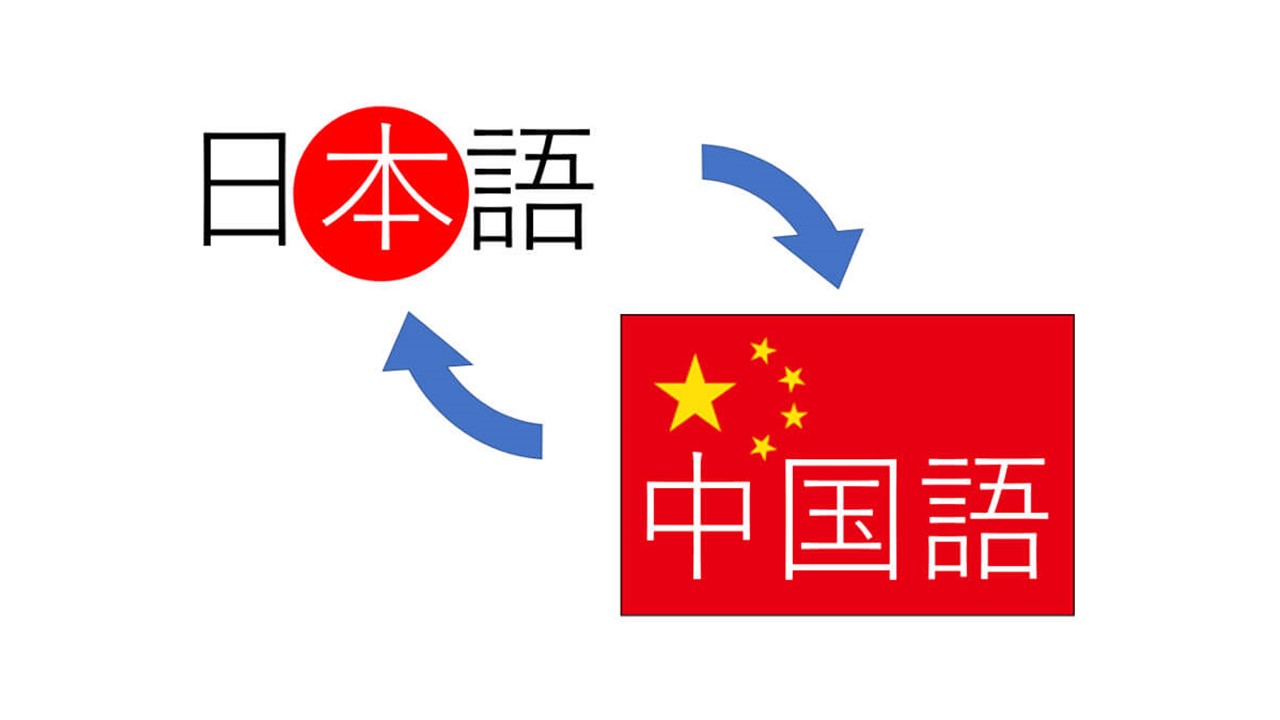Despite the sanctions against China's Huawei Technologies ("Huawei") imposed by the U.S. Trump administration last May, Huawei shipped a total of 55.8 million smartphones in the second quarter of 2020 (April to June), surpassing Samsung of Korea to become the top company with 20% of the global market share.
Irritated by this, the U.S. announced further restrictions on August 17, 2020, prohibiting third-party companies from supplying semiconductor wafers manufactured using U.S. technology and equipment to Huawei.
This will block Huawei from bypassing procurement routes with Taiwan MDEIATEK and others.
Huawei is said to have secured semiconductor wafers until early next year, and while the additional sanctions will not immediately prevent the company from producing smartphones and other products, it will certainly put it in a difficult position.
I found a list of semiconductor manufacturers used in Huawei smartphones on a Chinese media site.
Although this information is from the Internet and should not be relied upon, it has been re-edited for Japanese readers because it also contained information on alternative manufacturers in China.

As you can see from this list, Huawei's smartphones use semiconductors from many U.S. companies.
Although Chinese manufacturers have greatly improved their technological capabilities over the past few years, Western manufacturers are still strong in the core semiconductors that directly affect smartphone performance.
As a Japanese, I am also concerned about the lack of Japanese companies.
In the late 1980's, Hinomaru Semiconductor, including NEC, Fujitsu, Toshiba, and Hitachi, led the world and had a production share of over 50% of the worldwide semiconductor market.
In the 30 years since then, the U.S. has come back to life in the semiconductor industry, but Japan has lost its competitiveness except for SONY in image sensors and some discrete semiconductor manufacturers.
I hope that more Japanese companies will compete with the U.S. and China.



